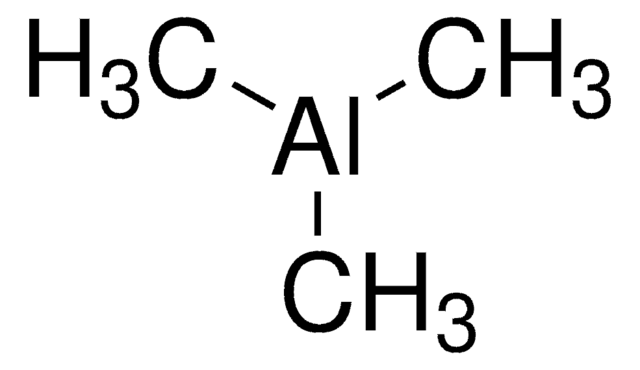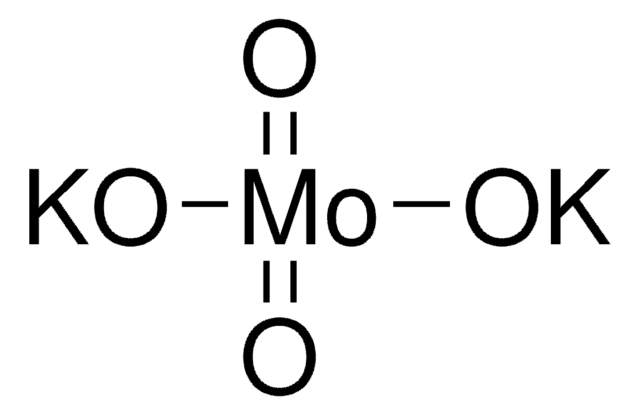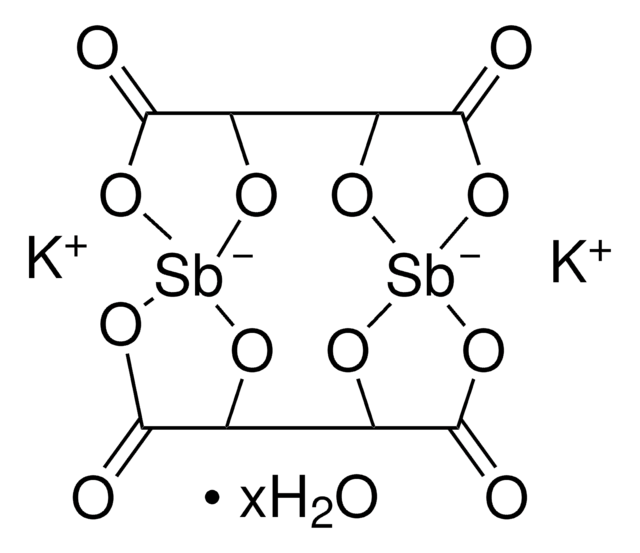277908
Ammonium molybdate
99.98% trace metals basis
Sinonimo/i:
Ammonium orthomolybdate, Diammonium molybdate
About This Item
Prodotti consigliati
Livello qualitativo
Saggio
99.98% trace metals basis
Stato
solid
Impiego in reazioni chimiche
reagent type: catalyst
core: molybdenum
tecniche
electron microscopy: suitable
Impurezze
≤250.0 ppm Trace Metal Analysis
Solubilità
ethanol: insoluble(lit.)
Stringa SMILE
N.N.O[Mo](O)(=O)=O
InChI
1S/Mo.2H3N.2H2O.2O/h;2*1H3;2*1H2;;/q+2;;;;;;/p-2
LZRXBDCICLHKEN-UHFFFAOYSA-L
Cerchi prodotti simili? Visita Guida al confronto tra prodotti
Descrizione generale
Applicazioni
Avvertenze
Warning
Indicazioni di pericolo
Consigli di prudenza
Classi di pericolo
Acute Tox. 4 Oral
Codice della classe di stoccaggio
13 - Non Combustible Solids
Classe di pericolosità dell'acqua (WGK)
WGK 1
Punto d’infiammabilità (°F)
Not applicable
Punto d’infiammabilità (°C)
Not applicable
Dispositivi di protezione individuale
dust mask type N95 (US), Eyeshields, Gloves
Scegli una delle versioni più recenti:
Possiedi già questo prodotto?
I documenti relativi ai prodotti acquistati recentemente sono disponibili nell’Archivio dei documenti.
I clienti hanno visto anche
Il team dei nostri ricercatori vanta grande esperienza in tutte le aree della ricerca quali Life Science, scienza dei materiali, sintesi chimica, cromatografia, discipline analitiche, ecc..
Contatta l'Assistenza Tecnica.








